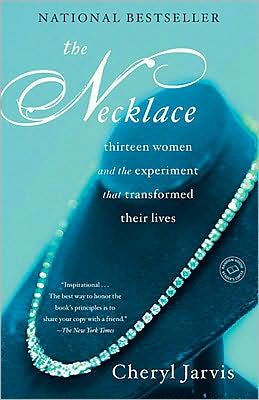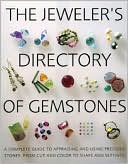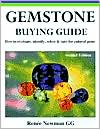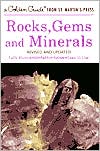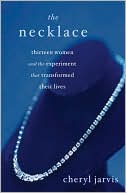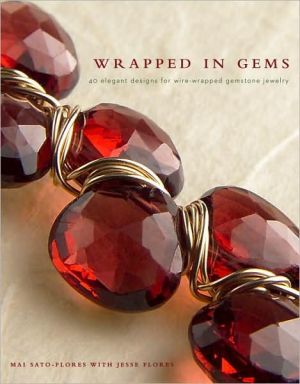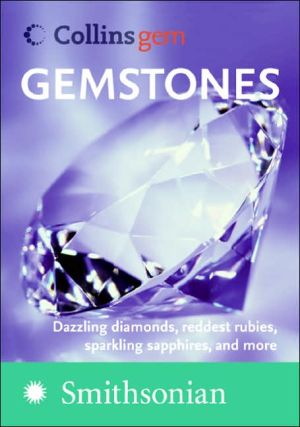Turquoise: The World Story of a Fascinating Gemstone
Turquoise has been mined on six continents and traded by cultures throughout the world's history, including the European, Chinese, Mayan, Aztec, Inca, and Southwest Native American. It has been set in silver and gold jewelry, cut and shaped into fetish animals, and even formed to represent gods in many religions. This gemstone is displayed in museums around the world, representing the arts and traditions of prehistoric, historic, and modern societies. Turquoise focuses on the latest...
Search in google:
Geology Lively stories, new information, scientific methods, and vivid photography combine to capture the romance and passion of one of the world's rarest and most colorful gemstones.
Colors in Architecture and Art The color turquoise has been used in architecture and ornamentation throughout history. For example, when bricks were invented for building materials, a glaze was added to the backed earthenware to add hardness to the surface and color for beauty. Faience was particular glazed earthenware that was made and used in Babylon, Egypt, and elsewhere. It was given an opaque glazed finish that included a variety of blue colors. Later, the same faience methods were used to create beads in various shapes that were fashioned, drilled, and strung for personal adornment. The invention of glass from sand (silica), lime, and soda developed another new type of ware and personal adornment. Colored glass was in great demand, and turquoise blue colors were some of the colors used. Glass has been used for its own beauty and as a substitute for many of the colored gemstones in ancient days as well as in modern times. Trade routes became important pathways for cultures to exchange items and become more interrelated. The British Museum displays a colored-glass necklace that was traded from China through Siberia to the Hokkaido Ainu culture of Japan. This was a very long way to travel; it went through several cultures, but it was a very beautiful addition to the final purchaser. In the other exhibit, a small handful of beads are displayed that were found in an early predynastic Badarian burial site in Upper Egypt, dated to the fifth millennium BC. They are roughly shaped beads of carnelian, agate, serpentine, and one bead of turquoise. In modern times, the art of the famous Murano glass and glassblowers in Venice, Italy, and the glass bead makers of Czechoslovakia are still sought and traded around the world.
Preface 6 Acknowledgments 8Introduction 101 Knowing the Mystical Qualities of Turquoise 192 Learning the International History of Turquoise 433 Studying the Geology and Mineralogy of Turquoise 1034 Mining Turquoise 1215 Cutting Turquoise-Lapidary Work 1496 Grading and Caring for Turquoise 1757 Identifying Turquoise Imitations 1938 Mapping Classic Turquoise Mines 217Map: Turquoise Mines of the Southwest 248Endnotes 249Bibliography 250Index 252Credits 256

